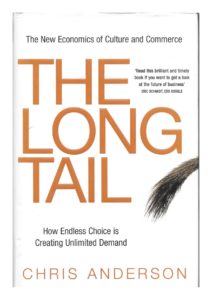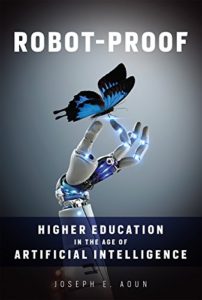The Long Tail: How Endless Choice is Creating Unlimited Demand
by Chris Anderson, 2006

A bit outdated on its examples, but it’s still fun to read about Myspace and early Amazon. Documents the early ability of the internet to offer a scalable solution to long-tail demands. Many more products can be in inventory for an online retailer than a brick-and-mortar store, as sales are aggregated across space. Digital goods take this to the extreme by having no significant inventory costs, allowing for the “stocking” of every possible item. Some fun graphs from the book:



